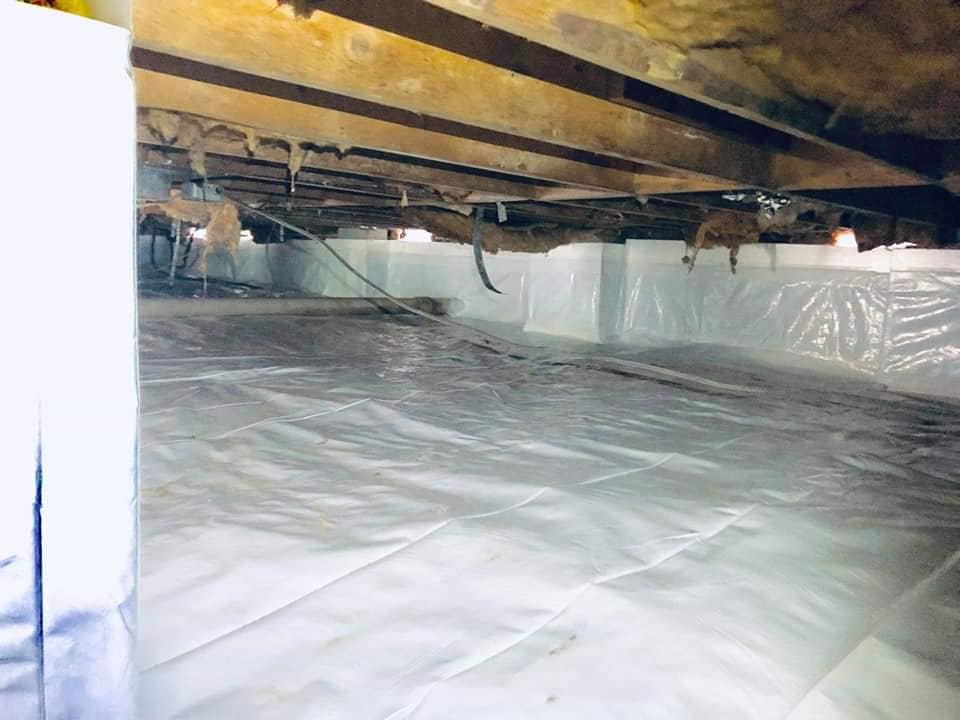
Fix A Crack - From Hairline to Structural: Tackling Foundation and Basement Cracks with Proven Repair Techniques
Mastering Foundation and Basement Crack Repair: Expert Techniques from Hairline to Structural Solutions
Foundation and basement cracks are common issues that homeowners may encounter, ranging from minor cosmetic concerns to serious structural problems. Properly addressing these cracks is crucial to maintaining the integrity and safety of your home. In this comprehensive guide, we'll explore the best practices and proven techniques for fixing a crack in a wall, ensuring a seamless and durable repair.
Fixing a cracked foundation wall, addressing both cosmetic and structural concerns.
Fixing a crack in a foundation wall, focusing on long-term stability and safety.
Fixing a cracked slab foundation, using advanced methods and materials for lasting results.
Finding the best way to fix a crack in concrete, from epoxy injections to polyurethane foam.
We'll also delve into the tools and materials you'll need, common mistakes to avoid, and when to seek professional help.

Understanding Different Types of Cracks
Cracks in walls and foundations can be caused by various factors, including natural settling, temperature fluctuations, moisture intrusion, and soil movement. Identifying the type of crack is the first step in determining the appropriate repair method.
Hairline Cracks: These are typically minor and often result from normal settling. While they might not pose immediate structural risks, addressing them early can prevent water intrusion and further damage.
Vertical Cracks: Usually caused by settling, these cracks are generally less serious than horizontal cracks. However, they still require attention, especially if they extend through the foundation.
Horizontal Cracks: These can indicate more severe issues, such as soil pressure or structural movement. Fixing a cracked foundation wall with horizontal cracks often requires professional assessment and repair.
Diagonal Cracks: Often caused by differential settling or shifting soil, diagonal cracks can vary in severity. It's essential to assess the cause and extent of these cracks to determine the appropriate fix.
Tools and Materials for Crack Repair
Before embarking on any repair project, gathering the necessary tools and materials is crucial. Here's a basic list to help you get started:
Epoxy or Polyurethane Sealants: These are commonly used for fixing a crack in a wall and foundation cracks. Epoxy is ideal for structural repairs, while polyurethane is more flexible and suited for dynamic cracks.
Caulking Gun: Essential for applying sealants evenly into cracks.
Wire Brush and Chisel: For cleaning and preparing the crack surface.
Concrete Patching Compound: Used for larger cracks or surface repairs.
Safety Gear: Including gloves, goggles, and masks to protect yourself from dust and chemicals.
Step-by-Step Guide to Fixing Cracks
1. Preparation
Start by thoroughly cleaning the crack. Use a wire brush to remove any loose debris, dirt, or paint. For larger cracks, a chisel may be necessary to open up the crack slightly to ensure the sealant penetrates deeply.
2. Selecting the Right Sealant
Choosing the right sealant is crucial. For structural cracks, epoxy injections are typically recommended due to their strength and bonding capabilities. For non-structural cracks that might expand or contract, polyurethane is more appropriate due to its flexibility.
3. Application
Apply the sealant using a caulking gun, ensuring that it completely fills the crack. For fixing a crack in foundation wall, it may be necessary to inject the sealant at multiple points to ensure thorough coverage. Smooth the surface with a trowel or similar tool.
4. Curing and Finishing
Allow the sealant to cure according to the manufacturer's instructions. Once cured, you can sand the surface for a smooth finish and paint over it to match the surrounding area.
Best Practices for Different Types of Cracks
Hairline Cracks
Use a concrete patching compound or a thin application of epoxy. Sand and paint for a seamless finish.
Vertical Cracks
Monitor for changes in width or length. Use epoxy or polyurethane injections for deeper cracks.
Horizontal Cracks:
These often require more robust solutions like carbon fiber strips or steel reinforcements.
Diagonal Cracks:
Depending on the severity, these might require underpinning or other structural support methods.
Common Mistakes to Avoid
Ignoring Small Cracks: Even minor cracks can expand over time and lead to more significant issues.
Using Incorrect Sealants: Not all sealants are suitable for every type of crack. Using the wrong type can lead to ineffective repairs.
Neglecting Professional Assessment: For significant cracks, especially those in the foundation, it's essential to consult a structural engineer or professional contractor.
When to Seek Professional Help
While many small cracks can be addressed with DIY methods, larger or more complex issues often require professional intervention. If you notice cracks that are more than a quarter-inch wide, horizontal cracks, or signs of water leakage, it's best to consult with a professional. They can provide a thorough assessment and recommend the best course of action.
The Best Way to Fix a Crack in Concrete
Concrete cracks can occur in various parts of the home, including floors, driveways, and foundations. The best way to fix a crack in concrete involves assessing the crack's cause and using the appropriate repair method. For hairline cracks, a simple patching compound or sealant can suffice. For larger cracks, you might need to use an epoxy or polyurethane injection system to ensure a durable repair. In some cases, especially with extensive cracking, professional help may be necessary to assess and stabilize the underlying issues.
Preventative Measures
Preventing cracks in walls and foundations involves maintaining proper drainage around your home, controlling moisture levels, and ensuring that the soil around your foundation is stable. Regularly inspect your home for signs of cracks and address any issues promptly to prevent them from worsening. Fix a crack in wall before it becomes a more significant problem by staying proactive in home maintenance.
Conclusion
Understanding the different types of cracks and the appropriate methods for fixing a crack is crucial for maintaining your home's structural integrity. Whether you're dealing with a minor hairline crack or a more severe issue like a cracked slab foundation, timely and effective repairs can save you time and money in the long run. Always prioritize safety and, when in doubt, seek professional assistance to ensure that the repairs are done correctly and effectively.
This extensive guide provides a thorough overview of tackling foundation and basement cracks, incorporating all the specified keywords to optimize SEO. If you need any further information or adjustments, feel free to ask!
You might also like


Book a Service Today
We will get back to you as soon as possible
Please try again later
TREVOSE FOUNDATION REPAIR & WATERPROOFING
Spots for free estimates book up fast, call now to book yours!
The region's leading professional contractor service since 1987.
We're available
- Mon - Sun
- -
Proudly powered by Snapps website builder
